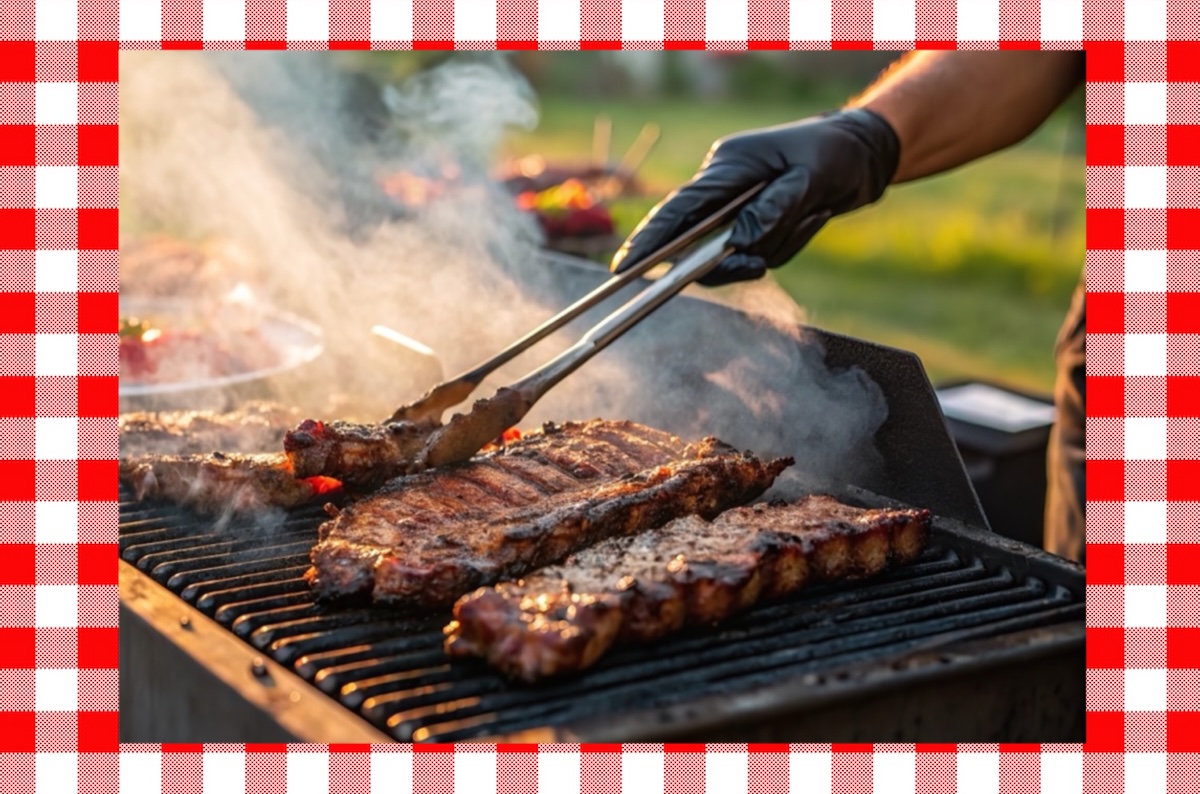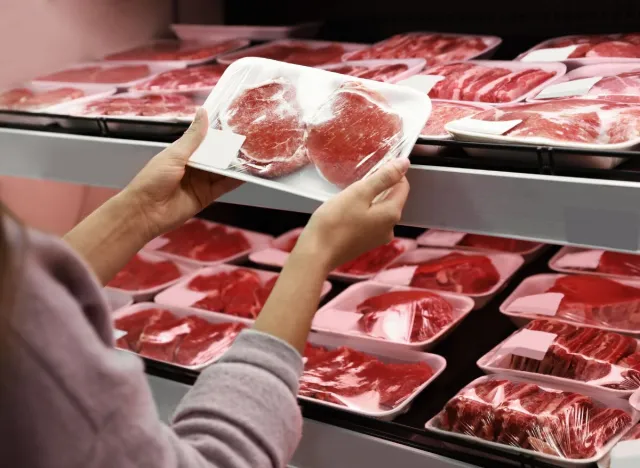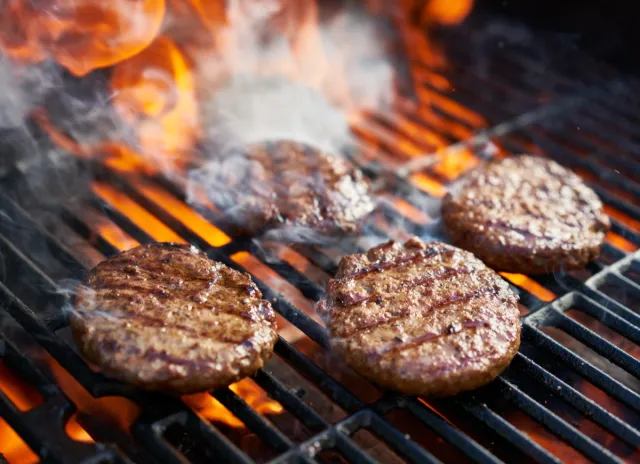Beef Prices Just Hit This Record High Right Before Grilling Season

If you have shopped for groceries in the last month, you know that almost everything, including fresh fish, poultry, and meat, has become more expensive. One item in particular has been shocking shoppers with startlingly expensive prices: Beef. According to new statistics, the cost of beef products, from ground meat to steaks, is at a record high. Here is why you will pay more than ever at the meat counter for beef.

According to the St. Louis Federal Reserve Bank, the average per-pound price of 100% ground beef increased to $5.80 in April, nearly a 13% gain over the past 12 months. And, according to the U.S. Department of Agriculture, prices will continue to increase, 6.3% or more in 2025.
“Beef and veal prices increased by 1.6 percent in March 2025 following an increase of 2.0 percent in February, and were 8.6 percent higher than in March 2024,” the USDA said. “Beef and veal prices are predicted to increase in 2025 due to tight supplies and continued consumer demand. Beef and veal prices are predicted to increase 6.3 percent in 2025, with a prediction interval of 0.2 to 13.0 percent.”
“This is grilling season,” Lance Zimmerman, senior beef cattle analyst with Rabobank, told the Wall Street Journal. “Retailers and food service operators realize that their best time for demand is upon us.”

Unfortunately, while the consumer demand for beef has remained strong, the number of beef cows in the U.S. has “shrunk to a generational low,” the WSJ reports. In January, the Agriculture Department reported that the total cattle herd in the U.S. was 86.7 million heads, the lowest since 1951.
Bruce Waugh, who owns Cannon Valley Ranch in Goodhue, MN, with his family, tells KTTC that cow herds are historically small while the population has grown. He also attributes droughts to the issue, which means less feed for the cows. “We’re also having issues with the aging farmer and rancher,” Waugh explained. “The average rancher is well into his 60s and a lot of those guys are retiring and the financial output it takes to start up a new operation is really mind boggling.”
In an earnings call discussing a $258 million loss in its beef operations in its second-quarter earnings, Tyson Foods confirmed that the beef segment is facing its “most challenging market conditions.”

Consumers will either have to pay a lot more for beef or shift to other meats, which will also go up, but not by as much. Pork prices are predicted to rise 1.8% in 2025, while poultry prices are expected to increase 1%.